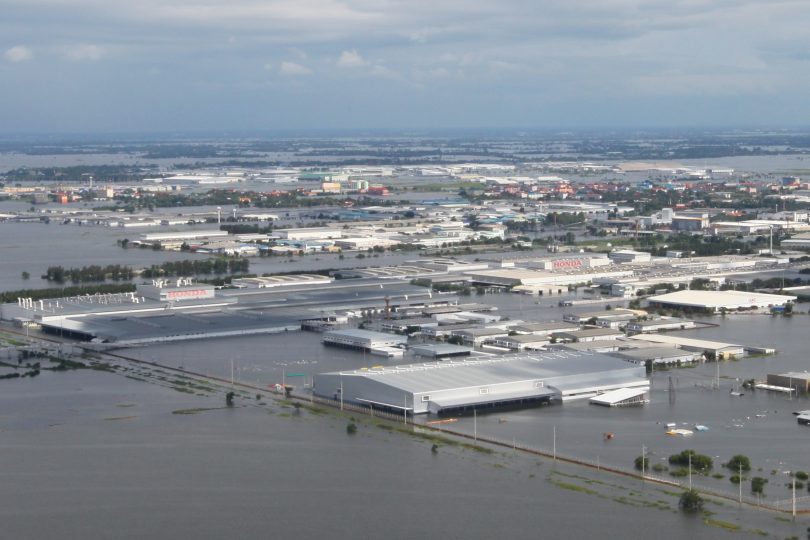
A new paper published today in Science, highlights three pathways to water security. Coping with freshwater variability, by Professor Jim Hall et al, looks at how various regions around the world cope with variable and unpredictable freshwater resources, and the impact this can have on economic output. The research formed part of the Oxford Martin Programme on Resource Stewardship, and the team is working with the OECD and Global Water Partnership to make ensure that decision makers are using the findings in their infrastructure planning.
The analysis compares low and high income countries and their ability to cope with changes in freshwater supply and quality. At least three dimensions of hydrologic variability cause harm - seasonal & monthly; year-to-year; and unpredictable timing and intensity of extremes. When these three dimensions combine the situation is “most challenging – a wicked combination of hydrology that confronts the world’s poorest people’, say the authors. Examples include Ethiopia, where there has been 38% less economic growth than would have been expected based on average rainfall.
The challenge is that the scale of economic losses depends on factors that are difficult to isolate. While high-income countries suffer fewer economic losses than lower income ones because they are better placed to invest resources in managing risk, when their infrastructure deteriorates and extreme events become more frequent, losses can be pushed ‘beyond the tolerability threshold, as seen from U.S. impacts of hurricanes Katrina and Sandy.’
The team’s analysis shows that in river basins where there has been low investment in complex hydrology, economic output is low. Those that have benign hydrology are more wealthy, even if investment in water management have been modest. Where the hydrology is highly variable, additional investment is needed to move from water-insecure to secure, but this is least affordable and hardest to deliver in the poorest countries. Critically, while investment can help move some areas towards greater water security, climate change can undermine that work, adding to the threat in societies already underequipped to cope with risk.

To tackle the complex issues involved, the authors recommend that to build resilience to risk, the ‘three Is’ must be focused on together – institutions, infrastructure and information. Institutions and good governance can ensure that the right legal and economic measures are deployed, such as water allocation and property rights, land zoning, and water pricing and trading among others. At the same time investment in infrastructure (such as levees, groundwater wells and desalination) is vital to buffer variability and minimise risks. Institutions and infrastructure both rely on information collection, analysis and transfer. Seldom do these three aspects yield their full benefits in isolation, warn the research team.
The conclusion is clear: context matters and to develop more effective responses to water insecurity will require a significant shift in the way that investments are understood and made, creating pathways, not just individual projects.
The paper is published by Science.
The authors are J.W. Hall, Oxford Martin Programme on Resource Stewardship, University of Oxford; D. Grey, School of Geography and the Environment, University of Oxford; D. Garrick, Practice McMaster University, Hamilton, Canada; F. Fung, Environment Agency, UK; C. Brown, University of Massachusetts, USA; S. J. Dadson, School of Geography and the Environment, University of Oxford; C.W. Sadoff, World Bank, USA